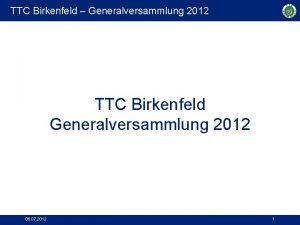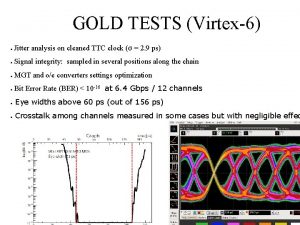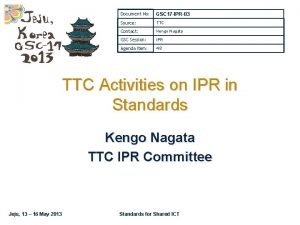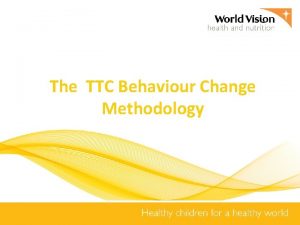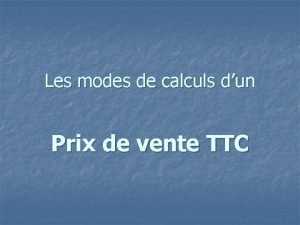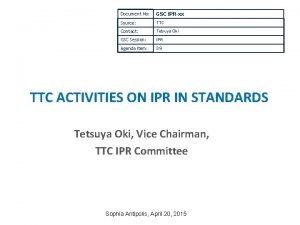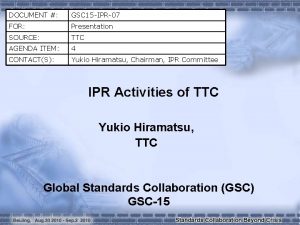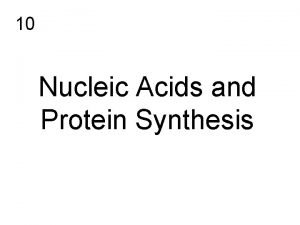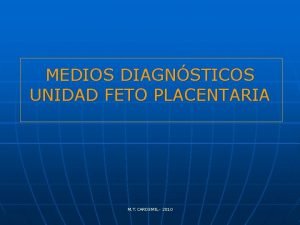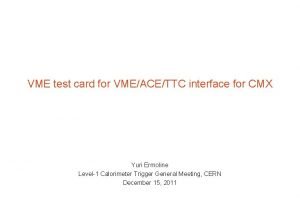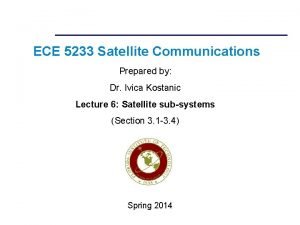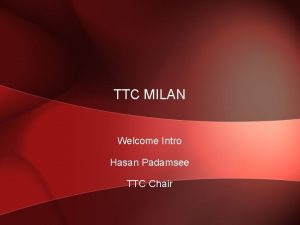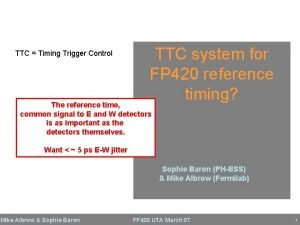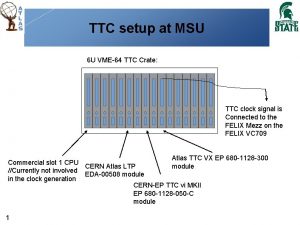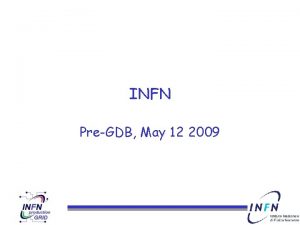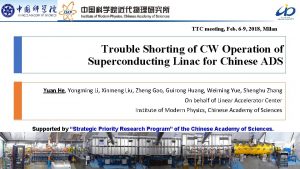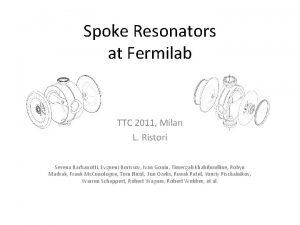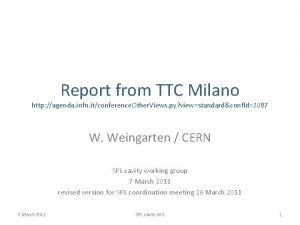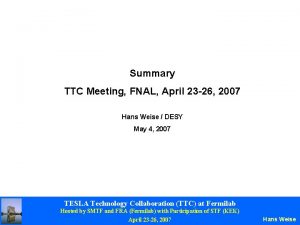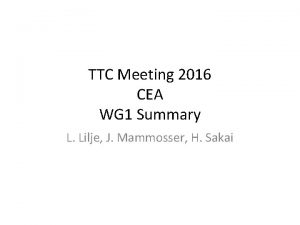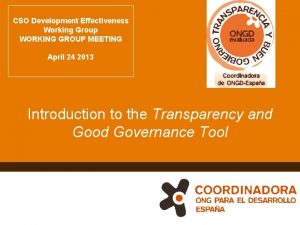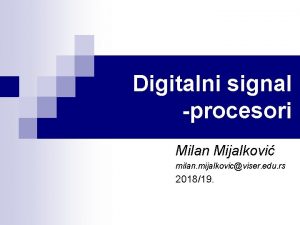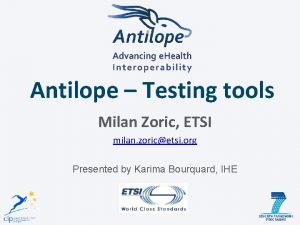Working Group 3 Summary TTC Meeting INFN Milan














- Slides: 14

Working Group 3 Summary TTC Meeting INFN Milan, March 3, 2011 Wolf-Dietrich Moeller, DESY Peter Kneisel, Jlab

Surface Treatment, new procedures C. Cooper, FNAL He is pursuing the old(and sucessfully applied) idea from Kenji Saito to to generate smooth, mirror-like cavity surfaces ( removing welds, pits, imperfections) by CBP, optimizing the process byusing 5 different media with decreasing particle size.

C. Cooper , cont’d With these selected media and the applied material removal he achieved surface mirror-like surfaces

C. Cooper, cont’d After hydrogen-degassing with a prior short material removal and subsequent EP ( ~ 40 micron) good cavity performances were achieved with SC cavities. CBP can also be used to repair pits

C. Reece, New and Improved methods for characterizing Nb surface roughness • • Power Spectral Density (PSD) was used to analyze digitized profilometry data of niobium surfaces ( 100 micron x 100 micron) prepared by different methods ( bcp, ep, mechanical, poly 0 crystalline, single crystal. . ) A comparison of the preparation methods showed significant variation in the analyzed data with single crystal surfaces appearing the smoothest after bcp

C. Reece, Cont’d

G. Mueller, Surface Roughness Investigations on Niobium samples using optical profilometry • • • For these investigations on poly-crystalline and single crystal niobium samples a powerful optical profilometer with very good spatial and depth resolution was used. The samples were scanned for particulates, scratches, grain boundaries and pitd The field enhancement factors for these imperfections were measured

G. Mueller, cont’d • Field Enhancement at grain boundaries weak • Average roughness of single crystal Nb decreases exponentially with material removal by bcp

K. Saito: Exploration of Post EP Cleaning, Progress on MO Seal • Post EP cleaning: Explored different cleaning technology for end groups on ILC Cavities to understand/eliminate Q-slope and FE

K. Saito, cont’d • Most effective: steam cleaning, US Horn and water resonance or combinations there of • MO Seal Sucessful tested as vacuum seal in superfluid helium in cavity tests Next step: develop it to a superconducting joint usable e. g. in a superstructure

M. Stirbet: In situ measurement of material removal during bcp; An inexpensive inspection system for cavities • In situ material removal Method was successfully develop and applied using wireless ultrasound detectors to follow the material removal during the bcp process. Can be extended to a multi-probe system for uniformity monitoring on multi-cell cavities

M. Stirbet, cont’d • Inspection system Development motivated by the need to inspect in a “forward looking” mode defects in the cathode cell of the 3. 5 cell FZD injector cavity • Defects were found and can be dealt with

Recent progress on cavities • Joe Ozelis reported about the sucessful repair of a dressed 9 -cell cavity by EP, improving the quench limitation from Eacc~ 20 MV/m to 28. 5 MV/m • Kenji Saito was very happy to report, that the Ichiro #7 cavity had reached after several EP cycles the ILC ARD specs of Eacc = 40 MV/m ( in collaboration with Jlab) Next goal is to improve the cavity performance to ~ 50 MV/m • Oliver Kugeler gave a status report on the BESSY injector test stand, which is presently being equipped with the 1. 5 cell TESLA-type injector cavity, fabricated and qualified in a collaboration between Jlab, BESSY, DESY and Swierk • Waldemar Singer gave an update on measurements on seamless cavities. The emphasis has shifted to fabricating and qualifying 9 -cell units from 3 cell sub-units; in addition statitics will be collected on several 2 - and 3 -cell cavity assemblies One 9 -cell cavity (Z 145) has been incorporated in a cryo-module at DESY

Recent progress on cavities

